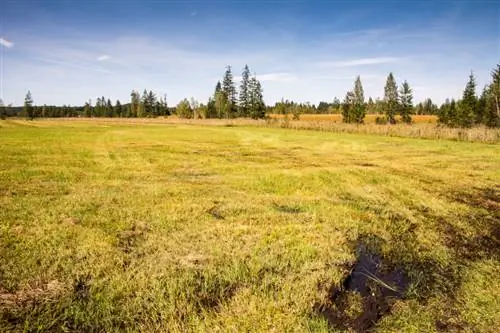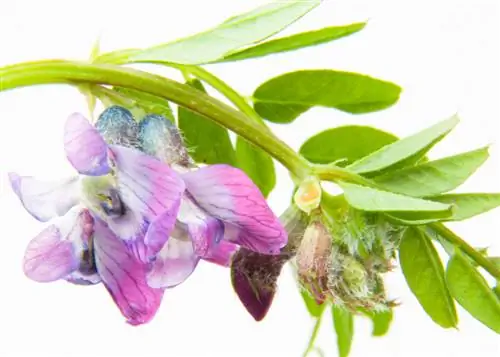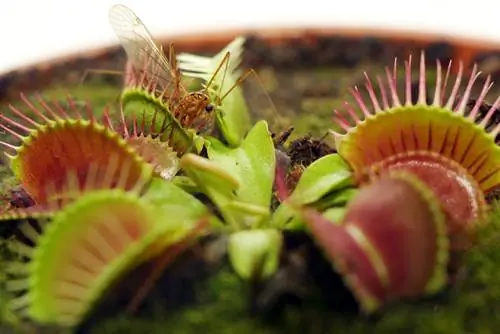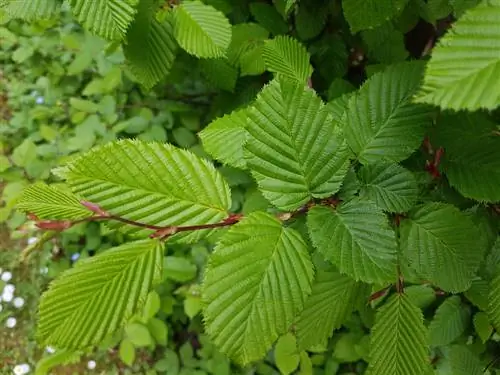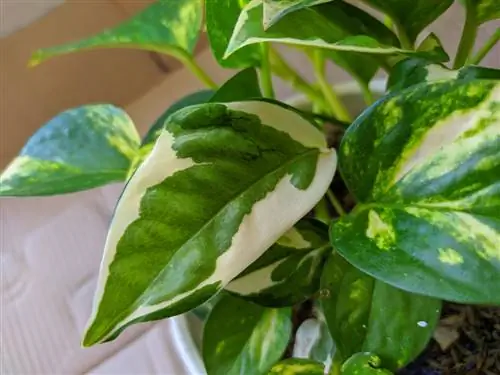- Author admin [email protected].
- Public 2023-12-16 16:46.
- Last modified 2025-06-01 06:02.
Swamp plants are plants that are rooted in soil that is at least more waterlogged or is really under water. The leaves and flowers of the plants are usually in the air space. In this post, you will learn about different representative species of marsh plants.
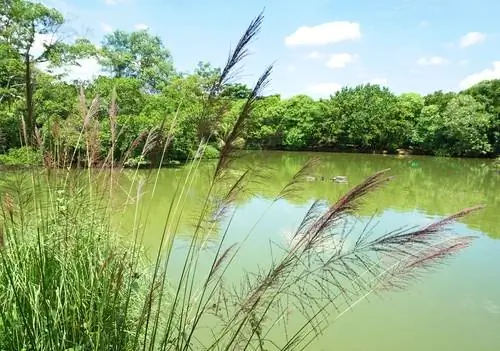
Which marsh plant species are representative?
Representative species of marsh plants include cattails, reeds, hedgehogs, common frog-spoon, marsh iris, pine fronds, shield speedwell, wolfstrap, needle ledge, water dost, marsh cranesbill and valerian. They can be found in various habitats such as reedbeds, shallow water zones, wet and moist soils.
4 groups of marsh plants
Depending on their life and growth form, four groups of marsh plants can be distinguished:
- Reed plants (bot. Arundophytes)
- Shallow water plants (bot. tenagophytes)
- Wet soil plants (bot. limosophytes)
- Wet soil plants (bot. Uligophytes)
Note: Some native marsh plants are also representative within these groups.
Representative reed plants
Reed plants penetrate water banks to a depth of approximately 1.5 meters. Their strong rhizomes enable them to form dense stands. Important reed plants at a glance:
- Bulrush (bot. Typha)
- Hedgehog butt (bot. Sparganium)
- Reed (bot. Phragmites australis)
- Calmus (bot. Acorus)
- Pond rushes (bot. Schoenoplectus)
Representative shallow water plants
Shallow water plants are in most cases very well adapted to fluctuations in water levels. Depending on the water depth, they can develop underwater, swimming, shallow water and land forms. Important shallow water plants at a glance:
- Common frog spoon (bot. Alisma plantago-aquatica)
- Swamp iris (bot. Iris pseudacorus)
- Fir fronds (bot. Hippuris vulgaris)
- Bachbunge (bot. Veronica beccabunga)
- Watercress (bot. Nasturtium officinale)
- Lipped Mouth (bot. Mazus reptans)
- Arrowwort (bot. Sagittaria)
- Four-leaf clover fern (bot. Marsilea quadrifolia)
- Blue Water Speedwell (bot. Veronica anagallis-aquatica)
- Water spike family (bot. Aponogeton)
- Cyper grass (bot. Cyperus)
- Pill ferns (bot. Pilularia)
Representative wet soil plants
Wet soil plants prefer and grow best in long-term, water-saturated substrate. They survive periods of flooding in winter as seeds or with underground parts. Important wet soil plants at a glance:
- Shield speedwell (bot. Veronica scutellata)
- Wolfstrapp (bot. Lycopus)
- Needles (bot. Eleocharis acicularis)
Representative moist soil plants
Wet soil plants need - as the name suggests - moist soil. They also endure flooding without being damaged. Representatives of this group are often found on floodplain meadows or on tall herbaceous meadows along the banks. Important moist soil plants at a glance:
- Wasserdost (bot. Eupatorium)
- Swamp cranesbill (bot. Geranium palustre)
- Valerian (bot. Valeriana)
Extra: Swamp plants to enjoy
There are also some swamp plants that you can literally enjoy - that is, they have edible parts. These plants include:
- Water nut/water chestnut (bot. Eleocharis dulcis)
- Wasabi (bot. Wasabia japonica)
- Watercress (bot. Nasturtium officinale)
- Bulrush (bot. Typha)
- Water mimosa (bot. Neptunia natans)
- Water spinach (bot. Ipomoea aquatica)
- Water pepper (bot. Persicaria hydropiper)
- Common arrowhead (bot. Sagittaria sagittifolia)
- Taro/Taro (bot. Colocasia esculenta)
- Rice (bot. Oryza - was not a swamp plant in the wild)
- Wild rice (bot. Zizonia, known as “water bamboo”)


